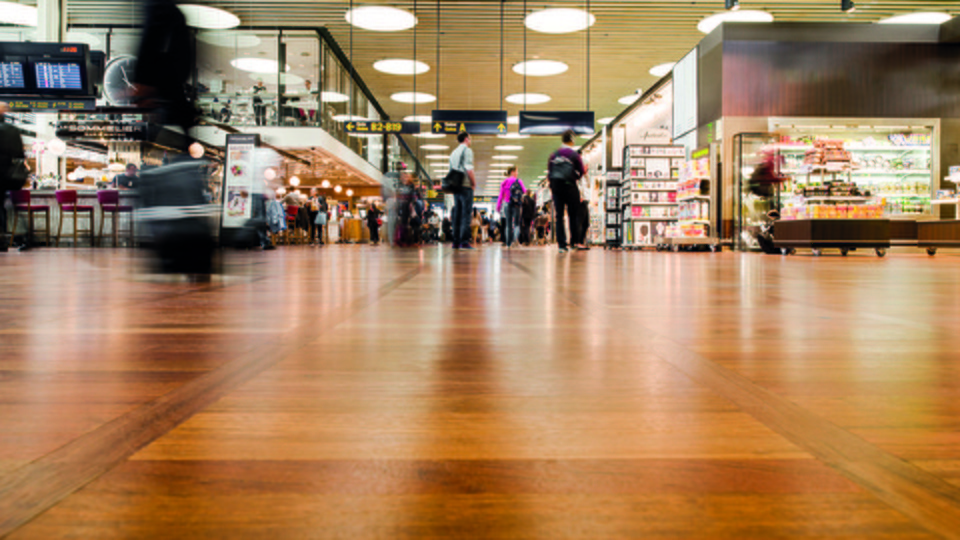
Better for the environment to renovate than replace flooring
Every year, 25 million square meters of flooring is installed in Sweden. A life-cycle analysis conducted by IVL Swedish Environmental Research Institute in cooperation with the floor maintenance company Bona shows that refinishing of wooden and PVC flooring saves both natural resources and carbon dioxide.
"Taking care of a floor that is already in place, rather than tearing it out and adding new ones, is better for the environment many times over," says Fredrik Tegstedt at IVL Swedish Environmental Research Institute.
The biggest impact from floor refinishing comes from the manufacturing of varnish and paint. The refinishing activities itself and accessories used have relatively little impact. Floor refinishing can in most cases decrease the carbon footprint by more than 75 percent and significantly improve the use of renewable and non-renewable resources, the study shows.
"It goes without saying that the environmental impact will be less when refinishing the floors. You grind away less than a millimeter of existing varnish and flooring and re-install the surface layer, instead of adding several hundred kilos of new wood flooring or vinyl plastic," says Fredrik Tegstedt.
A refinished floor extends the life of a floor with the same durability of a new floor. PVC flooring is refinished in a similar way to wooden floors, first by a dust-free grinding that removes the old varnish, then the floor is painted in any color. PVC flooring can also be renovated several times and maintains a good standard for many years.
Within the framework of the project, IVL has also developed a roadmap for the flooring industry on how to increase circular economy and resource efficiency.
"The norm today is new. Sales of new floors are supported by a linear business model in the construction industry and refinishing is often perceived as more difficult to offer and carry out. There is no clear incentive for neither the seller nor the customer to refinish instead of installing new floorings," says Maria Ahlm at IVL Swedish Environmental Research Institute.
First and foremost, collaboration and communication between the actors in the process need to be improved, from property owners and architects to material manufacturers, floor contractors and property managers. At any given time when, for example, a local tenant changes, one should consider refinishing instead of installing new flooring if possible. To be able to do this, information about which floors can be refinished, time and cost need to be easily accessible information in the calculation tools used.
"We see a great deal of interest in the flooring industry for more circular business models. There is also an underutilized potential with possible new services such as renovation subscriptions, digital maintenance plans and rental floors," says Maria Ahlm.
Read the full report here. Pdf, 3.4 MB.
Pdf, 3.4 MB.
For more information contact:
Fredrik Tegstedt, fredrik.tegstedt@ivl.se, phone: +46 10 788 68 88
Maria Ahlm, maria.ahlm@ivl.se, phone: +46 10 788 67 49
